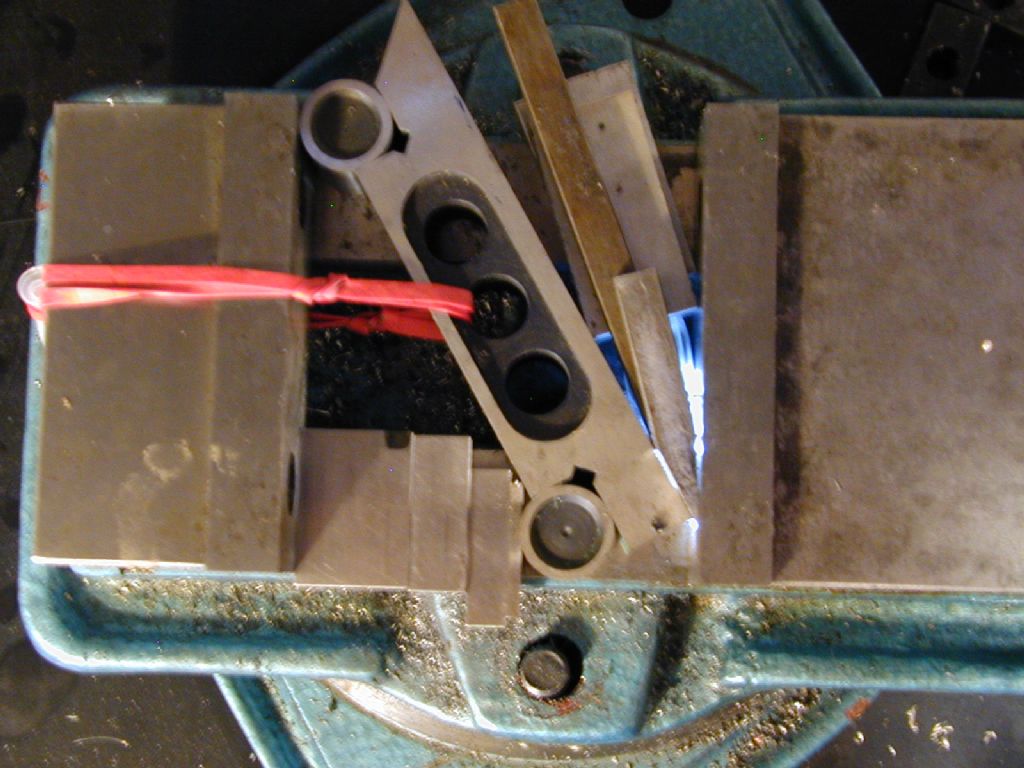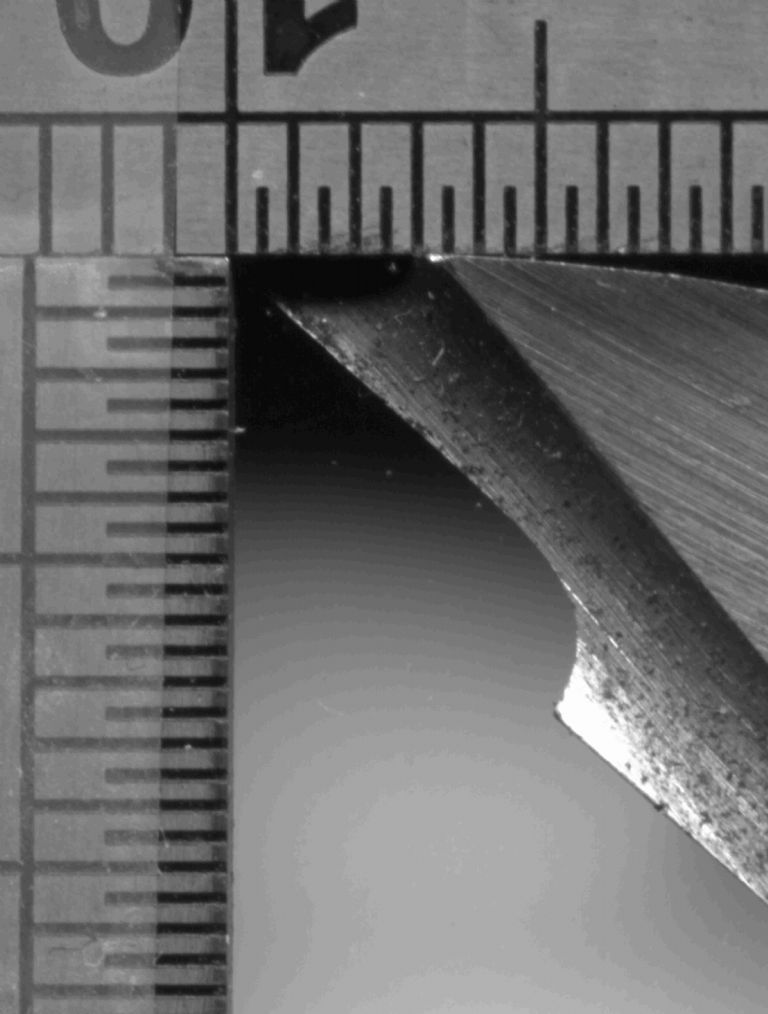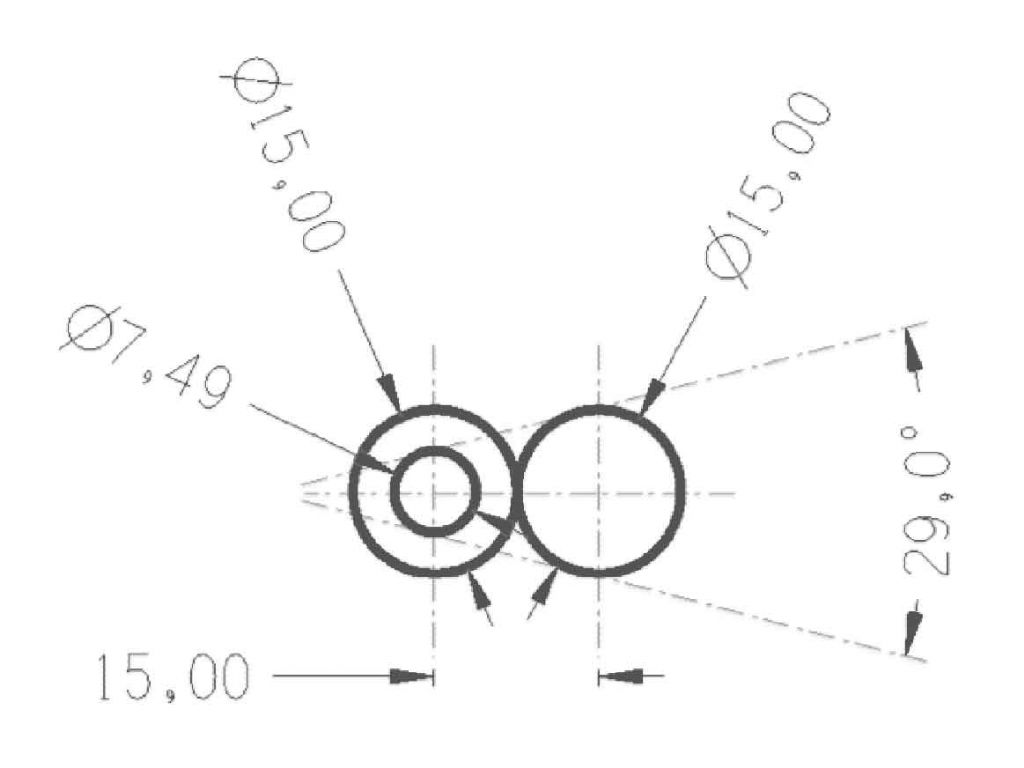Posted by Geoff Theasby on 29/03/2011 17:21:28:
As much for my own edification as to help, but could you measure the angle of each side of the tool with an angle gauge, perhaps an electronic one, against the horizontal, then you could check that each side was in agreement? You might have to turn to tool on its side to do this.
Geoff, I think that there are perhaps as many ways of doing this as you could think of! The only thing you have to be aware of with each one is where the potential errors might creep in, and how much confidence you could reasonably have in the result as a consequence.
So in my example above, I’ve measured the angle of the ground edge to the horizontal, and if I’ve got the sums and error direction correct, it’s 47.26 degrees minus 0.33%. Electronic angle gauges have an inherent accuracy of about 0.1 degrees, I believe. You’d have to be very careful about physical alignment of the gauge though, because you wouldn’t have much surface to work with, would you?
Terryd.











